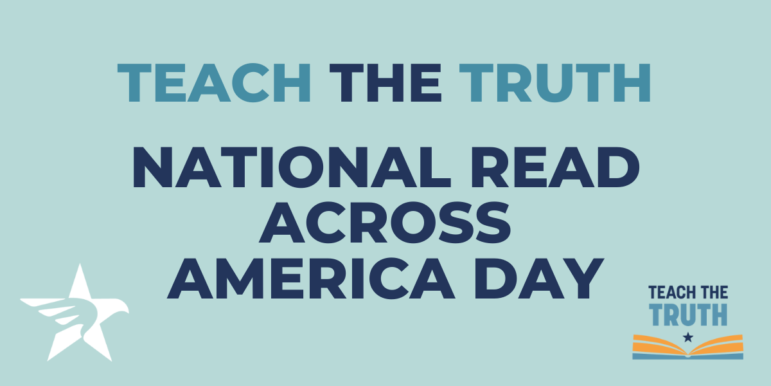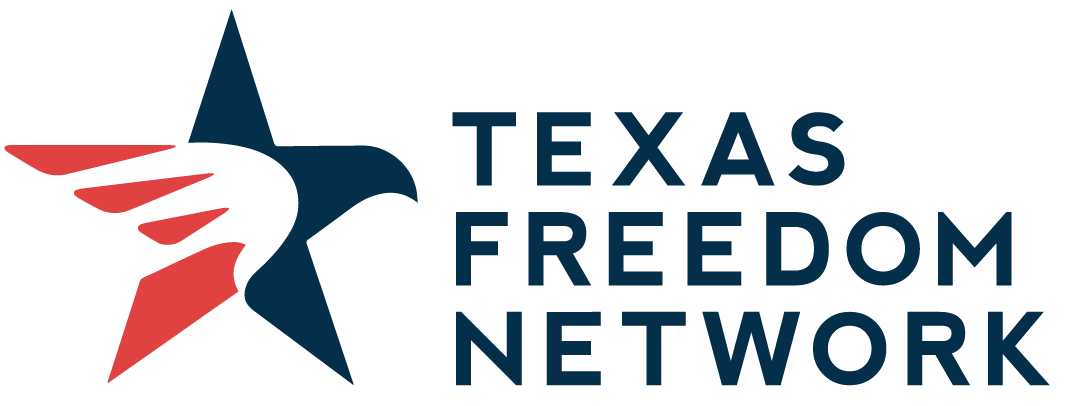Today is National Read Across America Day, an event created in 1998 by the National Education Association to help kids get excited about reading. Each year, we celebrate the joy of reading on March 2 – yet, in 2022, we are feeling less jubilant.
It’s difficult to celebrate reading as we’re actively seeing books pulled from public schools and libraries in Texas and across the country. Many of the titles being targeted highlight the diverse stories of Americans and people around the world – often helping children navigate the complexities of their own lives, emotions, and relationships as they grow into adults.
Books like Hedreich Nichols’ Racial Justice in America: Topics for Change, Jerry Craft’s Class Act, Maus by Art Spiegelman, and In the Dream House by Carmen Maria Machado, may help young people understand the racial justice movement, better see the humanity of fellow students, learn about the generational effects of a deep community trauma such as the Holocaust, or recognize the signs of relationships that may be unhealthy or abusive, regardless of their partner’s gender or their own sexual orientation. These are just a few of the titles that lawmakers are attempting to remove from shelves today because of misguided or cravenly political reasons. In the case of Maus, a Tennessee school board succeeded.
America has a shameful tradition of censorship and book bans. Books presently considered to be compulsory in public education – The Color Purple, To Kill a Mockingbird, 1984, The Grapes of Wrath, Invisible Man – have been banned countless times over the years.
It’s not because these books present a threat to children, but because the topics on which they educate present a threat to the agendas of politicians.
So, in honor of National Read Across America Day, we’ve constructed a timeline of key events that have sought to diminish the joy of reading, free education, and diversity in thought.
Together, we can stop the timeline before it grows.
Stop this timeline from growing.
Join our fight to #TeachtheTruth
Book Banning in America: A Timeline
1852
Harriet Beecher Stowe’s Uncle Tom’s Cabin is published and quickly banned preceding the Civil War for promoting pro-abolitionist views. The novel is thought to be the first recorded instance of wide book banning in the United States, although censorship was certainly taking place long before the 1800s.
1873
The Comstock Act – a federal statute authored by Anthony Comstock taking aim at literature deemed “obscene” – is passed. The act made distribution (through the mail) and possession of a wide range of materials illegal. This included information about abortion and contraception, as well as modern literature of the time. Oscar Wilde’s complete works, for example, were among the books banned because of the Comstock Act.
1930s
In 1933, The United States v. One Book Called Ulysses is heard in federal court. The infamous case was over Ulysses by James Joyce, which had been publicly burned in 1918 and federally banned, thanks to the Comstock Act, since 1922. The judge ultimately ruled that there should be a separation between legality and the personal preferences of politicians and judges. This set an important precedent but did not strike down The Comstock Act.
In 1939, The Grapes of Wrath by John Steinbeck was burned in Missouri.
1940s to 1950s
The banning of individual books continued in the 1940s. Strange Fruit by Lillian Eugenia Smith, which addressed topics of race, class, and gender in 1920s Georgia, was among the most widely criticized.
We also begin seeing censorship of textbooks in the 1940s. Harold Rugg, whose social science textbooks were some of the most popular at the time, began to come under fire for “giving a class-conscious account of the framing of the U.S. Constitution.”
In the late 1940s and through most of the 1950s, the American Library Association (ALA) was under heavy pressure during the McCarthy era, as government officials worked to rid libraries and public schools of books that were deemed subversive, or were written by supposed members of the Communist Party.
Roth vs. The United States made its way to the Supreme Court in 1957, once again asking that the legal definition for “obscenity” be reconsidered, as the definition remained broad under The Comstock Act. While Samuel Roth, a writer and the plaintiff in the case, was still convicted of crimes, the definition was adjusted only to apply to works deemed to have “zero social importance” – still leaving the door open for wide scrutiny of literature.
Howl by Allen Ginsberg was also charged with obscenity in 1957.
1960s to 1970s
Schools continued to ban books, often targeting titles that told the stories of Black Americans, addressed race, or discussed politics. Some of the most banned were Catcher in the Rye by J.D. Salinger (characterized as “anti-white” by one school board), Harper Lee’s To Kill a Mockingbird, Native Son by Richard Wright, Slaughterhouse-Five by Kurt Vonnegut (burned in North Dakota), and Animal Farm by George Orwell.
1980s
In 1981, Ronald Reagan became president, and a cultural shift began. This shift also gave rise to televangelist Jerry Falwell, who sent his followers, dubbed by him as the “Moral Majority,” a mailer encouraging them to investigate books in public schools and libraries that depicted topics he deemed “immoral, anti-family, and anti-American.” According to the ALA, 700-800 challenges were brought against books in the following years. In response, the ALA launched Banned Books Week, which celebrates the freedom to read.
1982 brought on another judicial challenge to educational freedom with the Supreme Court case Board of Education v. Pico. The court ruled that “the First Amendment rights of students may be directly and sharply implicated by the removal of books from the shelves of a school library.”
1990s to Present
Since 1982, there have been three notable court cases aimed at banning books, and of course, many, many more have been targeted in schools. Most of the books aforementioned have been challenged over the decades, and modern titles have been added to the list. The Kite Runner by Khaled Hosseini and Out of Darkness by Texan author Ashley Hope Pérez, are both award-winning novels that have been banned in the last decade.
In 2022, we are seeing a frightening resurgence of book bans and challenges.
Last October, a Texas state representative sent a letter to the Texas Education Agency and superintendents of school districts across the state, asking that they confirm if any of the 850 books he says “might make students feel discomfort, guilt, anguish, or any other form of psychological distress because of their race or sex,” are in their classrooms or libraries. This inquiry has many authors and educators worried about what may be next – wondering if Texas’ new law aimed at censoring classroom discussions about the country’s history of racism and discrimination,” will curtail their ability to provide students with a full education. This, coupled with Gov. Greg Abbott’s newly proposed “Parental Bill of Rights,” should cause grave concern about whether students will get a full and truthful education.
Amid these attacks on books and their authors, educators, and students’ rights, the Texas Freedom Network remains steadfast in our mission to protect our neighborhood public schools and students’ access to honest educational materials that are free of censorship.
This National Read Across America Day, you can help us make book banning our history, not our present, by supporting our campaign to #TeachTheTruth.


